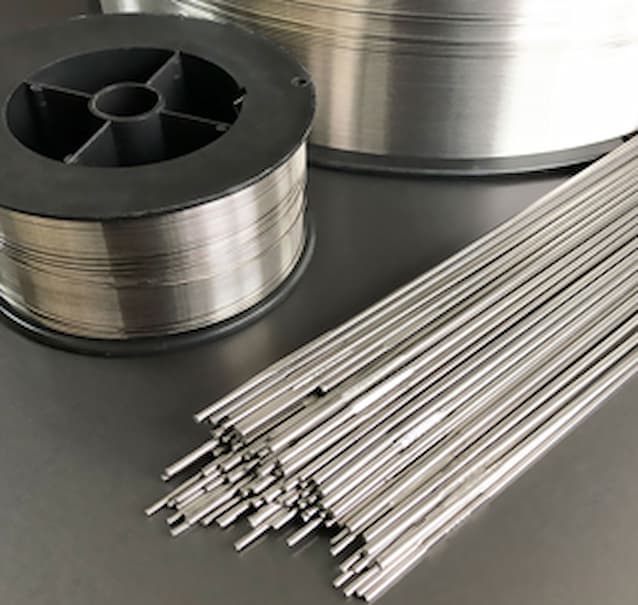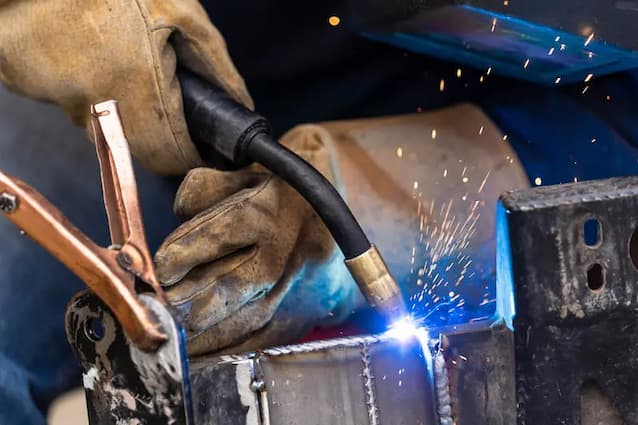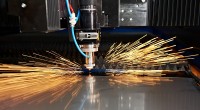Welding Wire Guide and Importance of Choosing the Right Ones
If you’re considering welding as a career or want to learn basic skills for DIY projects, a good place to start is with MIG or Metal Inert Gas welding. This is a common arc welding process that uses a wire electrode fed through a MIG welding gun and heat generated through a DC or AC current from a welding machine to melt and then fuse two metals together. The wire electrode is used as a filler material and forms part of the weld between the workpieces. Shielding gases from separate cylinders are also fed through holes in the welding torch to shield the weld pool (or molten metal) from moisture and airborne contaminants.
MIG welding offers several advantages when compared to other welding techniques such as TIG and Stick welding. It is relatively easy to learn, can be used with different metals, and hence different applications produce strong and clean-looking welds, and is ideal in projects that need to be completed on tight schedules. MIG welding is often used to weld steel, stainless steel, and aluminium as well as copper, nickel, and iron in areas like the automotive, aerospace, construction, and fabrication industries as well as many repair and DIY projects.
Most of these advantages are down to the way the filler material or wire for welding is applied. The wire is fed through the torch and onto the weld pool at constant speeds and is at the same time combined with current to form a heated electric arc. This gives an unobstructed view of the joint, unlike in Stick welding. The process is fast, precise, and efficient, and involves less downtime. Choosing the correct welding wire ensures that there’s less work in cleanup, welds that are of the right strength, and that there’s a neater overall look with minimum spatter.
Types of MIG Welding Wire
Wire electrodes used in MIG welding come in two basic types – solid and flux-core. Solid wire electrodes don’t have a protective flux coating so are used with shielding gas to prevent oxidation and weld defects. They come in different metals. Common varieties include mild steel wire for welding, stainless steel and aluminium. These can additionally contain trace metals for welds of better quality. Mild steel wire for instance is often copper coated to reduce oxidation and aid in electrical arc stability, while added manganese and silicon help with containing slag. The resulting weld has a clean appearance and doesn’t require additional work.

Flux-cored wires are sold as either gas shielded or self-shielded. A gas-shielded wire is ideally used when welding thicker metal pieces, with the flux coating quickly absorbed into the weld pool creating high-quality and strong welds. Self-shielding fluxed cored wires don’t require the use of shielding gases, as the weld is protected when the flux inside the wire burns. Hence, these are more portable welding solutions where gas tanks are difficult to deploy.
Choosing Welding Wire for Your Application

The choice between solid and flux-cored wire will depend on the expected cleanliness of the weld, the materials you’re working on, the settings in which you’re welding, the thickness of the wire and base metals, and the voltage and power ratings of the welding machine.
Weld Appearance
Cleaner welds, with less slag and spatter, are usually produced with shielded-gas solid welding wire. This means less work in grinding and polishing. One area where a solid wire is preferred is welding thinner sheet metals, such as auto body parts. This though needs 75 per cent argon and 25 per cent carbon dioxide gas to reduce the possibility of contaminants while still getting a strong weld.
Workpiece Condition
The condition of the workpiece materials is another factor when choosing welding wire. Gas-shielded flux-cored wire for welding is best when a higher level of protection against atmospheric contamination is needed, as both the flux and shielding metals work together. This is usually in dirty or rusted base metal workpieces. Go for solid wire when working with metals with moderate levels of surface contamination, such as mild corrosion or mill scale. A typical example of solid wire used in automotive work and everyday repairs is the ER70S-6, with higher levels of deoxidizers.
Welding Environment
Flux-cored gasless (self-shielding) welding wire is best in windy conditions, as there’s no additional need for separate shielding gases. Hence solid wire is most appropriate with a windscreen or calm weather that won’t disrupt the wire, the shield gases, and the creation of a stable arc. The quality and strength of the weld can suffer as a result. A good example of a self-shielding flux-cored wire is E71T-11, ideally used with carbon steel.
Wire Thickn
A general rule is that the thicker the workpiece, the thicker the welding wire. Average thicknesses are 0.8 or 0.9mm for most applications where a solid wire is used. For thicker workpieces, you’ll be looking at 1.2mm to ensure good bonding strength. Something to consider is that thicker wire will also cost more (self-shielding variants are the priciest) for the same length.
Welder Output and Power
Welding machines with higher power output can work more easily with thicker welding wire. This can impact work speed and efficiency and weld penetration and strength. With that said, most won’t have issues with averagely sized wire in the majority of jobs.



